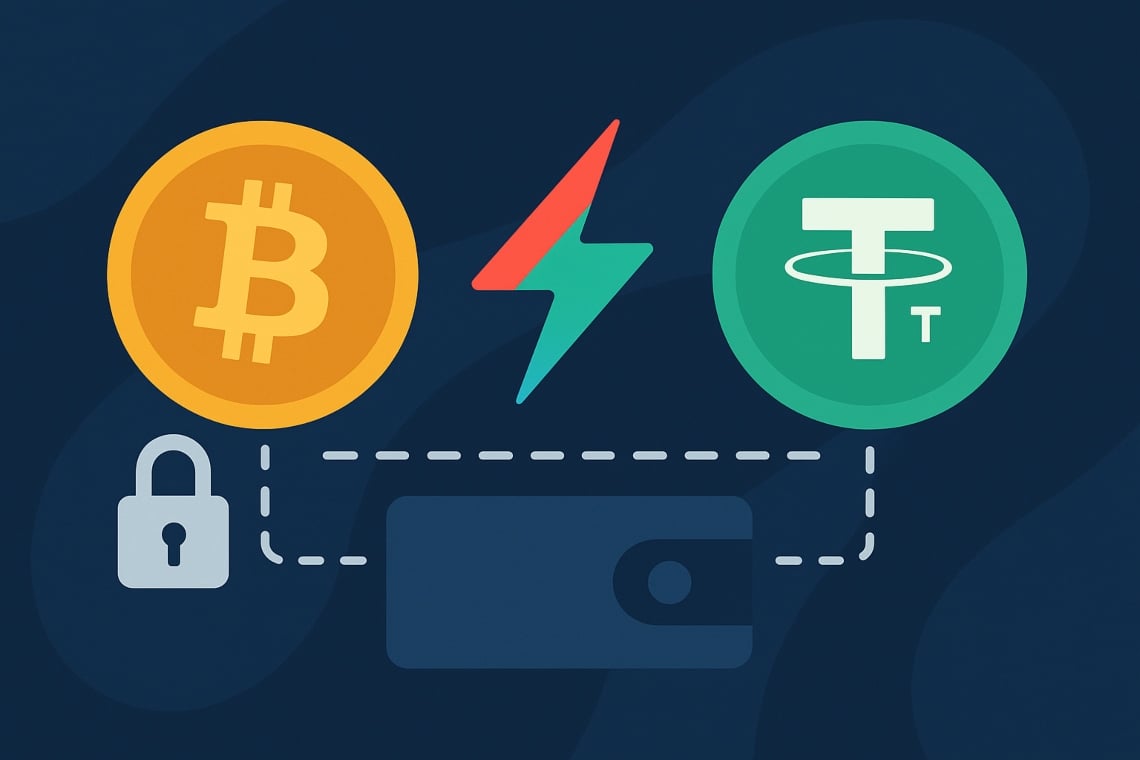E-commerce giants such as Shopify, Walmart, and Amazon have suddenly turned to stablecoins. Will payment be the killer application?
Author: Vernacular Blockchain
Remember when people asked, “Can I buy a cup of coffee with Bitcoin?” Today, crypto asset payments are no longer a niche scenario, but are seen by global retail giants as the “payment method of the future.”
Recent big news: Shopify officially launched USDC stablecoin payment, and the first batch of merchants began testing on June 12, and it is expected to be fully promoted within the year. At the same time, Amazon and Walmart are reportedly exploring issuing their own stablecoins, and even Expedia and airlines are also studying crypto asset payments.
What is driving this craze? What pain points do stablecoins solve? Should banks and credit card companies be nervous? This article analyzes the core reasons why e-commerce companies embrace crypto assets: Is this a fad or an inevitable choice?
01E-commerce has been plagued by credit card fees for many years. Is stablecoin the answer?
Simple fact: Payments have always been a hidden cost killer in e-commerce. Whether it’s on Amazon, a Shopify store, or a global marketplace, every time you use a credit card, PayPal, or Apple Pay, there’s a fee.
For example, Visa and Mastercard usually charge 2-3% fees. Merchants have to pay this part of "invisible tax" for every item sold. Not to mention the foreign exchange fees and settlement delays for cross-border orders. Traditional payment methods are undoubtedly a burden for digital commerce.
In contrast, stablecoins offer a compelling alternative:
- Real-time settlement (on-chain transactions)
- Low transaction costs (no broker fees)
- Cross-border compatibility (no FX hassles)
- Programmability (can be integrated with logistics and fulfillment systems)
Therefore, it is not surprising that giants such as Shopify, Walmart, and Amazon are actively evaluating whether they can control this value chain themselves.
02Shopify fired the first shot: USDC payment pilot launched
Among e-commerce platforms, Shopify took the lead. In cooperation with Coinbase, Shopify launched the USDC payment function based on the Base network (Coinbase's Ethereum second-layer network). Here's how it works:
- Customers use USDC to pay on the chain
- Merchant receives fiat currency (automatically converted to USD, etc.)
- Circle and Shopify Payments processing backend
For customers, the experience remains the same; for merchants, there is no need to understand crypto assets, and the process is fully automated. The key difference? Lower fees and faster settlement.
To attract users, Shopify even offers a 1% USDC cashback incentive. Using stablecoins to pay can also make money, which directly challenges traditional payment channels.
This also shows Shopify's deep insight into Web3 user behavior. Many stablecoin holders do not use credit cards or PayPal, but have assets to spend. Shopify hopes to convert them into buyers.
03 Retail giants follow up: Amazon and Walmart join the competition
Shopify took the lead, but what is more symbolic is that global retail giants are also beginning to take crypto asset payments seriously. Several mainstream media reported:
- Walmart and Amazon are exploring issuing their own stablecoins (similar to Facebook’s Libra vision)
- Expedia and airlines are also looking into crypto payments (to simplify cross-border travel settlements)
Why are traditional giants suddenly "going all out"?
- Lower transaction costs: Stablecoins bypass acquirers, significantly reducing fees
- Accelerated settlement: from days to seconds
- Improve customer retention: Cryptocurrency users are more likely to support merchants that are compatible with their wallets
- Bypass traditional banking delays: No need to wait for bank transfers or credit approval
In short, stablecoins solve several long-standing pain points that e-commerce has been struggling with for years. No wonder everyone is eager to try it.
It’s no coincidence that global payment providers have recently publicly criticized stablecoins — the pressure is real.
04Crypto asset payment is not completely decentralized: "On-chain payment + off-chain settlement" is a compromise solution
It should be made clear that actual crypto asset payments are not completely decentralized. Take Shopify’s implementation as an example, it adopts a typical “on-chain/off-chain hybrid” model:
- The user chooses USDC payment on the Shopify interface (through Base or Ethereum chain transactions)
- Shopify receives the payment and Circle converts it into fiat currency (e.g. USD, EUR, JPY)
- Fiat currency is delivered through traditional banking channels
Therefore, although stablecoins avoid Visa or Mastercard, the last mile still relies on banks. This is exactly what regulators are paying close attention to: Do stablecoins circumvent compliance? Is the liquidation process transparent? How are AML and KYC handled?
Fortunately, Shopify and Circle have done their homework and implemented it in a way that is consistent with current regulatory expectations for stablecoin compliance in the United States.
05Why do e-commerce giants bet on stablecoins? Three major industries are worried
Let’s analyze the core drivers:
1. Cost Anxiety
Merchants are tired of paying credit card and PayPal fees. Stablecoins offer a way to bypass intermediaries, reduce costs, and accelerate cash flow.
2. Technology stack anxiety
Web2 platforms are still constrained by the traditional banking system. In contrast, Web3 payment infrastructure is inherently:
- automation
- Without Borders
- transparent
Coinbase and Shopify's open source protocols can directly access the order system, which is much simpler than PayPal's traditional SDK.
3. User Anxiety
The group of crypto asset users is growing rapidly, and they have "coins but nowhere to spend them". Supporting crypto payments is an easy way to attract and retain this group. In addition, it also supports innovative reward mechanisms - cash back, NFT benefits, gamified loyalty programs.
06 Summary
Can stablecoins reshape the global e-commerce payment landscape?
Take a look at the current signal:
- Payment volume surges: Stablecoin monthly payment volume increased from $2 billion two years ago to $6.3 billion, with total global transaction volume exceeding $94 billion.
- Platforms are taking active action: Shopify has launched, Amazon and Walmart are studying it, and travel giants are also preparing.
- The trend is obvious: the acceptance of crypto assets is increasing, cross-border trade requires efficient settlement, and traditional payment systems have become a bottleneck.
If Bitcoin is digital gold, then stablecoins are becoming digital dollars. E-commerce players who take the lead are laying the foundation for global payments in the next decade.
You May Also Like

Tether brings USD₮ to Bitcoin with RGB: native stablecoin, privacy, and reduced costs. Here’s what’s changing

Grote dag morgen voor Bitcoin: markt vreest voor belangrijkste inflatiemeter
